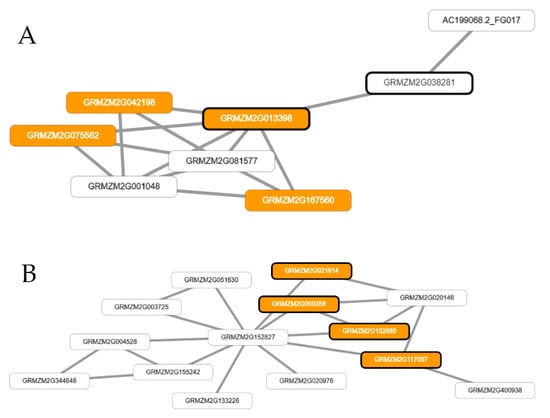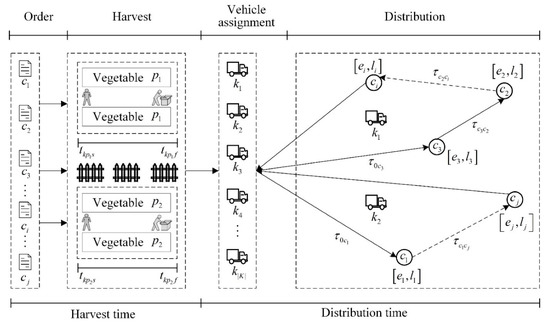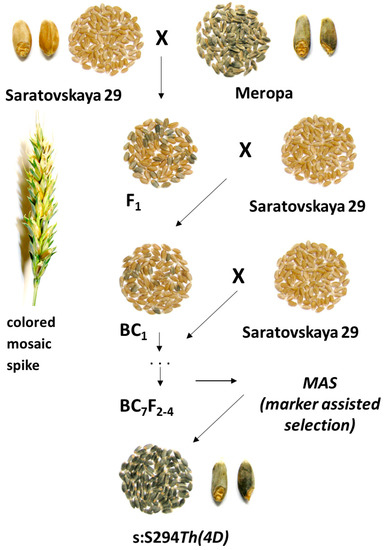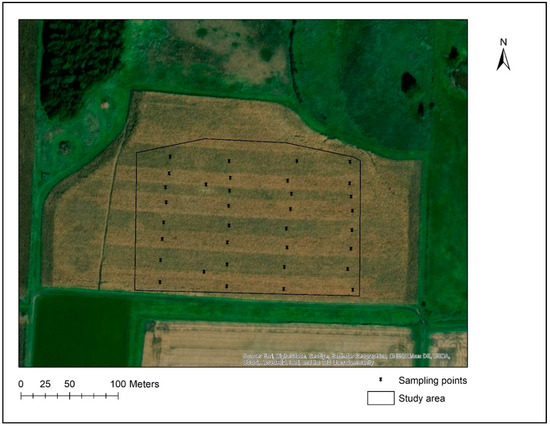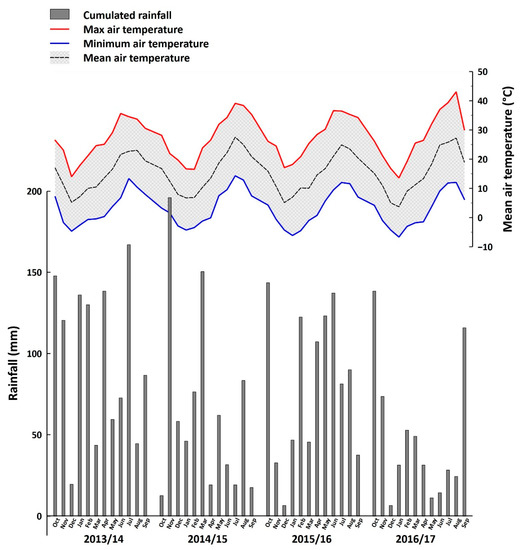Agronomy 2019, 9(11), 729; https://doi.org/10.3390/agronomy9110729 - 8 Nov 2019
Cited by 9 | Viewed by 3304
Abstract
Water scarcity has greatly increased the need for research into alternative irrigation methods. Irrigation with treated wastewater (TW) is considered an important alternative in terms of reducing our dependence upon groundwater and freshwater. In this study, we examined the effects of irrigation with
[...] Read more.
Water scarcity has greatly increased the need for research into alternative irrigation methods. Irrigation with treated wastewater (TW) is considered an important alternative in terms of reducing our dependence upon groundwater and freshwater. In this study, we examined the effects of irrigation with TW on the nutrient contents of two alfalfa cultivars and compared them with the nutrient contents of plants irrigated with well water (WW). The two cultivars (Alhassawy—a local cultivar and CUV101) were cultivated from 2013 to 2015 and sampled twice. For both cultivars and in both sampling periods, irrigation with TW significantly affected the macronutrient and micronutrient contents of alfalfa tissues. Plants irrigated with TW had higher K and Ca contents, but lower N, P, and Mg contents. No significant variation in S content was noted between plants irrigated with WW and TW. Furthermore, cultivar and cutting time had significant effects on nutrient contents, and these variables interacted with the effect of the water type used for irrigation. However, before TW can be regularly used in irrigation processes, further long-term studies are needed that consider the variations in water treatment efficiency and differences between cultivated sites in addition to the crop being irrigated with TW.
Full article
(This article belongs to the Section Soil and Plant Nutrition)



